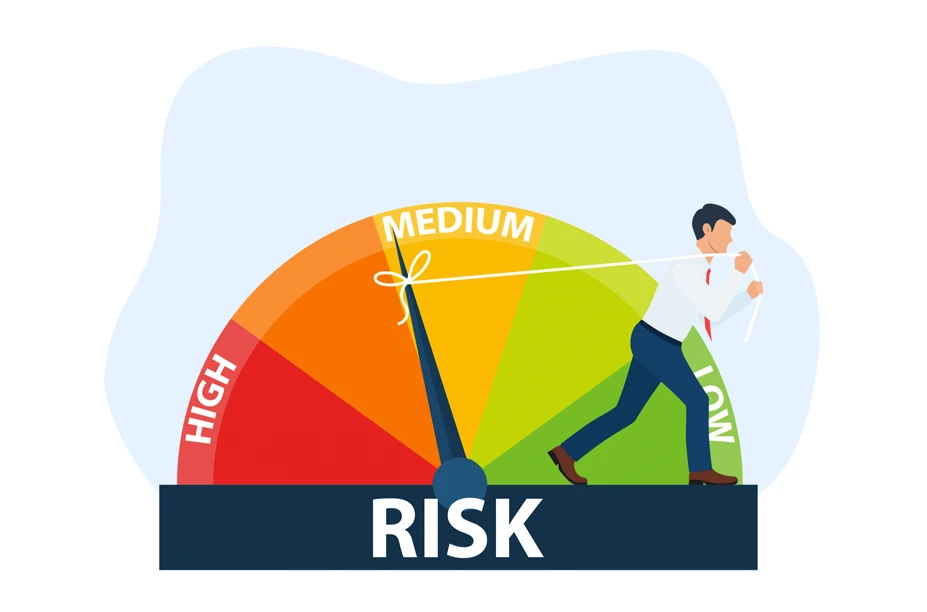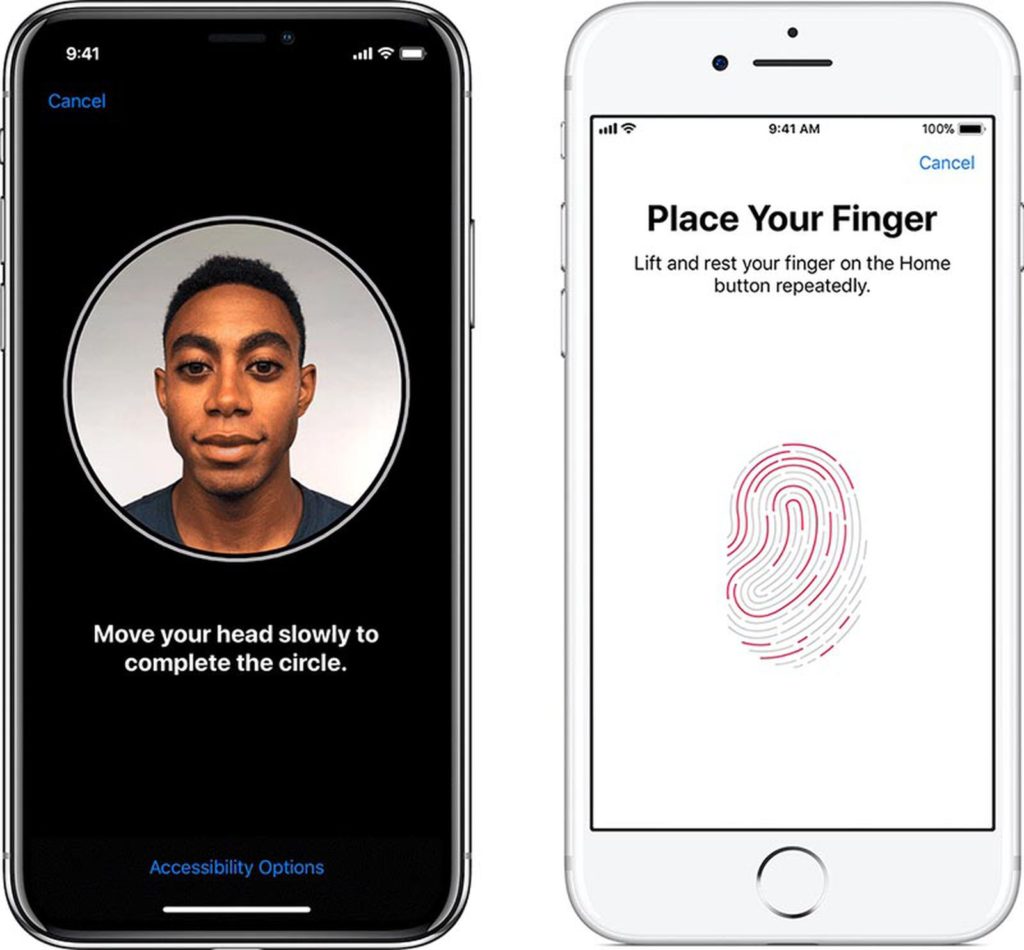
Biometric technology has revolutionized the way we unlock our devices and secure our information. Gone are the days of endless passwords and forgotten patterns – now, it’s all about the touch of a finger or the scan of a face. But which method reigns supreme in the battle of biometrics? Let’s dive into the world of Face ID vs Touch ID to uncover which one is not only better but also safer for users.
The history of Touch ID and Face ID
Biometric technology has come a long way since its inception, revolutionizing the way we interact with our devices. The introduction of Touch ID by Apple in 2013 marked a significant milestone in biometric authentication. This fingerprint recognition system allowed users to unlock their phones and authorize purchases with just a touch of their finger, enhancing convenience and security.
Following the success of Touch ID, Apple introduced Face ID in 2017 with the release of the iPhone X. This facial recognition technology uses advanced sensors to map and recognize the unique features of a user’s face, offering an even more seamless and secure way to unlock devices and authenticate transactions.
Both Touch ID and Face ID have played pivotal roles in shaping the landscape of biometric authentication, setting new standards for user experience and security in mobile devices. As technology continues to evolve, we can expect further advancements that will enhance both convenience and safety for users worldwide.
How do they work?
 Curious about how Touch ID and Face ID actually work? Let’s dive into the fascinating world of biometric technology. When it comes to Touch ID, your iPhone uses a capacitive sensor built into the home button to detect the unique patterns in your fingerprint. This information is securely stored on a secure enclave within the device.
Curious about how Touch ID and Face ID actually work? Let’s dive into the fascinating world of biometric technology. When it comes to Touch ID, your iPhone uses a capacitive sensor built into the home button to detect the unique patterns in your fingerprint. This information is securely stored on a secure enclave within the device.
On the other hand, Face ID utilizes advanced facial recognition technology powered by sophisticated sensors including an infrared camera and dot projector located in the notch at the top of newer iPhones. These components work together to create a detailed 3D map of your face which is then used for authentication purposes.
Both technologies are designed to provide seamless and secure access to your device without compromising on convenience or safety.
Whether you prefer using your fingerprint or facial features as your digital key, both Touch ID and Face ID offer innovative solutions for modern-day security challenges.
Comparison of accuracy and reliability
When it comes to the comparison of accuracy and reliability between Face ID and Touch ID, there are important factors to consider.
Face ID utilizes facial recognition technology, mapping unique features on your face for authentication. It is known for its convenience and speed in unlocking devices with just a glance.
On the other hand, Touch ID relies on fingerprint scanning technology, which captures detailed patterns of your fingerprint for verification. It is praised for its precision and ease of use by simply placing a finger on the sensor.
Both biometric methods have their strengths and weaknesses when it comes to accuracy and reliability. Face ID may struggle in low light conditions or if significant changes occur in one’s appearance. Conversely, Touch ID can sometimes fail if fingers are wet or dirty.
Users must weigh these considerations based on their preferences and need to determine which option suits them best.
Potential security risks and vulnerabilities

When it comes to biometric technology such as Face ID and Touch ID, while they offer convenience and security, there are potential risks and vulnerabilities that users should be aware of.
One concern is the possibility of false positives or false negatives, where unauthorized individuals could potentially gain access to a device if the biometric system fails to correctly identify the user.
Another risk is the potential for biometric data to be compromised or stolen. If a hacker gains access to this sensitive information, it could lead to identity theft or other forms of cybercrime.
Additionally, there have been instances where researchers have successfully bypassed biometric systems using sophisticated techniques like 3D-printed replicas of fingerprints or masks that mimic facial features.
It’s important for users to stay informed about these potential security risks and take necessary precautions to protect their devices and personal information.
Advancements and improvements in biometric technology
Biometric technology has come a long way since its inception, with continuous advancements and improvements shaping the landscape of security measures.
One notable area of progress lies in the enhancement of accuracy and speed in biometric recognition systems. Through sophisticated algorithms and machine learning techniques, these systems can now identify individuals more reliably than ever before.
Moreover, biometric devices have become more user-friendly with streamlined processes that make authentication seamless for users. The integration of multiple factors such as fingerprint scanning, facial recognition, and even voice authentication has added layers of security to protect sensitive information effectively.
Furthermore, ongoing research and development continue to push the boundaries of biometric technology towards greater innovation. From iris scanning to vein recognition, new modalities are being explored to provide enhanced security solutions for various industries.
As we move forward into a digital age where cybersecurity is paramount, advancements in biometric technology will undoubtedly play a crucial role in safeguarding personal data and ensuring secure access control mechanisms.
Which one is better and safer for users?

When it comes to determining which biometric authentication method is better and safer for users, the debate between Face ID and Touch ID continues to spark discussions among tech enthusiasts.
While both technologies have their strengths and weaknesses, ultimately, the decision of which one is superior depends on individual preferences and needs.
Face ID offers the convenience of hands-free unlocking with just a glance at your device, making it quick and effortless. On the other hand, Touch ID provides a more tactile experience by requiring physical contact with your fingerprint sensor.
In terms of security, Face ID boasts advanced facial recognition technology that is difficult to spoof compared to Touch ID’s fingerprint scanning. However, both methods have seen improvements over time to enhance accuracy and reliability.
Whether you prefer the futuristic feel of Face ID or the familiarity of Touch ID, both options provide secure ways to protect your device’s data.
Why use VPN to boost phone security?
Ensuring the security of our devices is paramount in today’s digital age. Both Face ID and Touch ID offer convenient and secure ways to access our phones, with their own strengths and weaknesses.
While Face ID provides a seamless user experience through facial recognition technology, Touch ID offers a reliable fingerprint authentication method.
In terms of accuracy and reliability, both biometric authentication methods have their pros and cons. However, advancements in biometric technology continue to improve the overall effectiveness of these systems. It is essential for users to stay informed about potential security risks and vulnerabilities associated with these technologies.
To further enhance phone security, utilizing a Virtual Private Network (VPN) can be beneficial. VPNs encrypt your internet connection, making it more difficult for hackers to intercept your data while browsing online or accessing sensitive information on your device.
By adding an extra layer of protection through a VPN, you can boost the security of your phone beyond just relying on biometric authentication methods like Face ID or Touch ID.
Combining strong biometric authentication methods like Face ID or Touch ID with additional security measures such as using a VPN can significantly improve the safety of your personal information stored on your phone.
Stay vigilant about cybersecurity threats and take proactive steps to safeguard your device from potential risks in today’s ever-evolving digital landscape and make sure to get a reputable VPN.
Conclusion
Both Face ID and Touch ID are advanced biometric authentication technologies that have revolutionized the way we unlock our devices and secure our personal information. While Touch ID has been around longer and proven to be reliable, Face ID offers a more seamless and futuristic approach to user authentication.
In terms of accuracy and reliability, both technologies have their strengths and weaknesses. Touch ID is known for its speed and precision, while Face ID provides convenience with hands-free unlocking. However, advancements in biometric technology continue to improve security measures on both fronts.
When it comes to potential security risks and vulnerabilities, no system is foolproof. Both Touch ID and Face ID have seen attempts at spoofing or unauthorized access, highlighting the need for continuous innovation in biometric security protocols.
Choosing between Face ID or Touch ID depends on individual preferences for usability, convenience, and perceived level of security. As technology evolves, we can expect even greater enhancements in biometric authentication methods that prioritize user privacy without compromising on efficiency.
So whether you prefer the familiarity of fingerprint scanning with Touch ID or embrace the cutting-edge facial recognition technology with FaceID – rest assured that both options offer a secure means of safeguarding your digital identity in today’s ever-evolving tech landscape.



